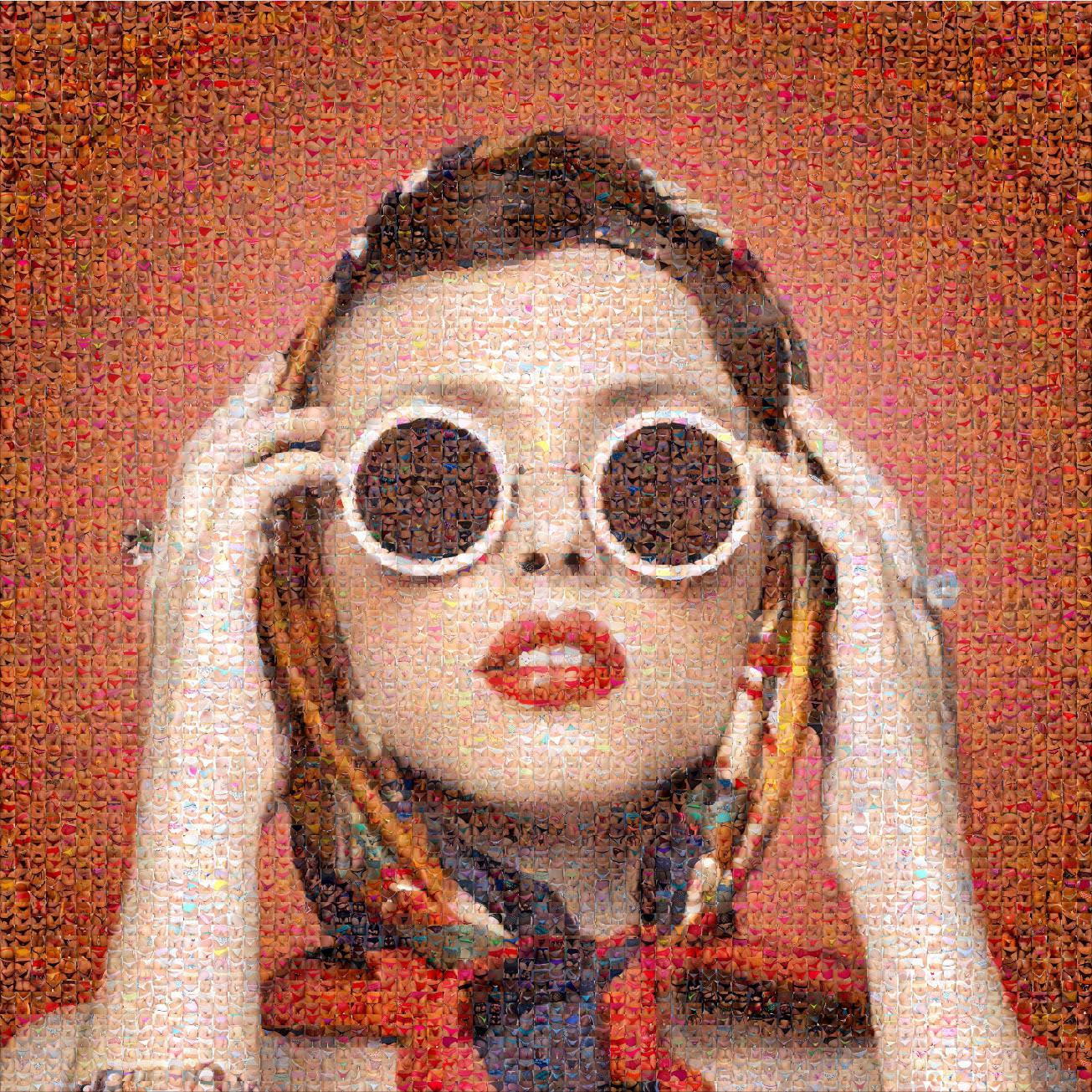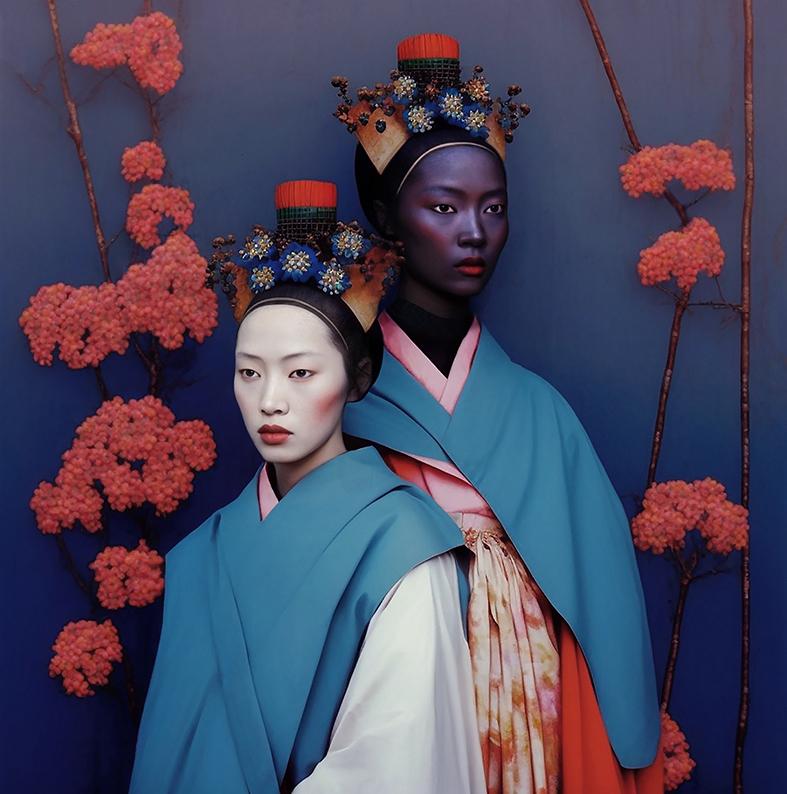Video art, digital drawings or sculptures made with 3D printers: digital technology seems to offer endless possibilities for artists to experiment. Partly for this reason, the popularity of digital art is growing. During KunstRAI 2023, a variety of digital artworks will be on display.
‘Mars House’ by Canadian artist Krista Kim is described by Sotheby’s as ‘soothing’ and ‘breathtaking’. The house Kim designed has a futuristic look and is made entirely of glass. However, those wishing to visit it will have to buy virtual reality glasses, as ‘Mars House’ is located in the metaverse. The same goes for Sotheby’s, which also has a branch in this virtual world.
Art in the metaverse – a virtual reality that you can enter using VR technology and in which you imagine yourself to be a character in a video game, so to speak – is one of the many forms of digital art. This includes all art expressions made with the help of digital technology, which explains its enormous diversity. As digital technology has continued to develop and become more accessible to the general public in recent decades, the possibilities and popularity of digital art have increased. The art form allows artists to experiment with different techniques and styles, often from the convenience of their own homes. Certain types of digital art can also be easily shared online with the art-loving public.
During KunstRAI, participating galleries will show several digital artworks, for example ‘Dynamic Structure 17111’ by Willem van Weeghel. This computer-controlled kinetic object consists of independently moving elements on painted canvas and will be on display at Smith-Davidson Gallery’s stand. The primary colors and fundamental shapes in his work, combined with the regular movements, exude an uncomplicated harmony. In this, Van Weeghel is clearly inspired by Piet Mondrian and Kazimir Malevich. The central theme in his oeuvre is movement, a phenomenon that fascinates him endlessly and which he realizes in his art with the help of digital technology.

Joël Moens de Hase’s photo mosaics, to be found in Okker Art Gallery’s stand, use another form of digital technology. Just as a painting by Georges Seurat consists of thousands of tiny paint dots, a photo by De Hase consists of thousands of tiny photographs. In this way, they respond to the huge number of images we are confronted with on a daily basis. The artist edits all the photos individually and, with the help of software, eventually combines them into what he considers to be a perfect image.
Another artist who uses digital techniques to manipulate images is Rozemarlin Borkent. By combining images of people from different eras and of different ages, using both real and artificial images, Borkent transcends time, space and reality. Her work highlights the splendor of different cultures, paying homage to universal human beauty. Borkent’s photographs will be brought by SBK Gallery.
Artworks by Willem van Weeghel, Joël Moens de Hase, Rozemarlin Borkent and more artists working in digital art will be on display at KunstRAI / Art Amsterdam from 3 – 7 May in RAI Amsterdam.
Image on the left: Rozemarlin Borkent, ‘Asian women’, 2023, photograph. SBK Galerie, booth 55.



